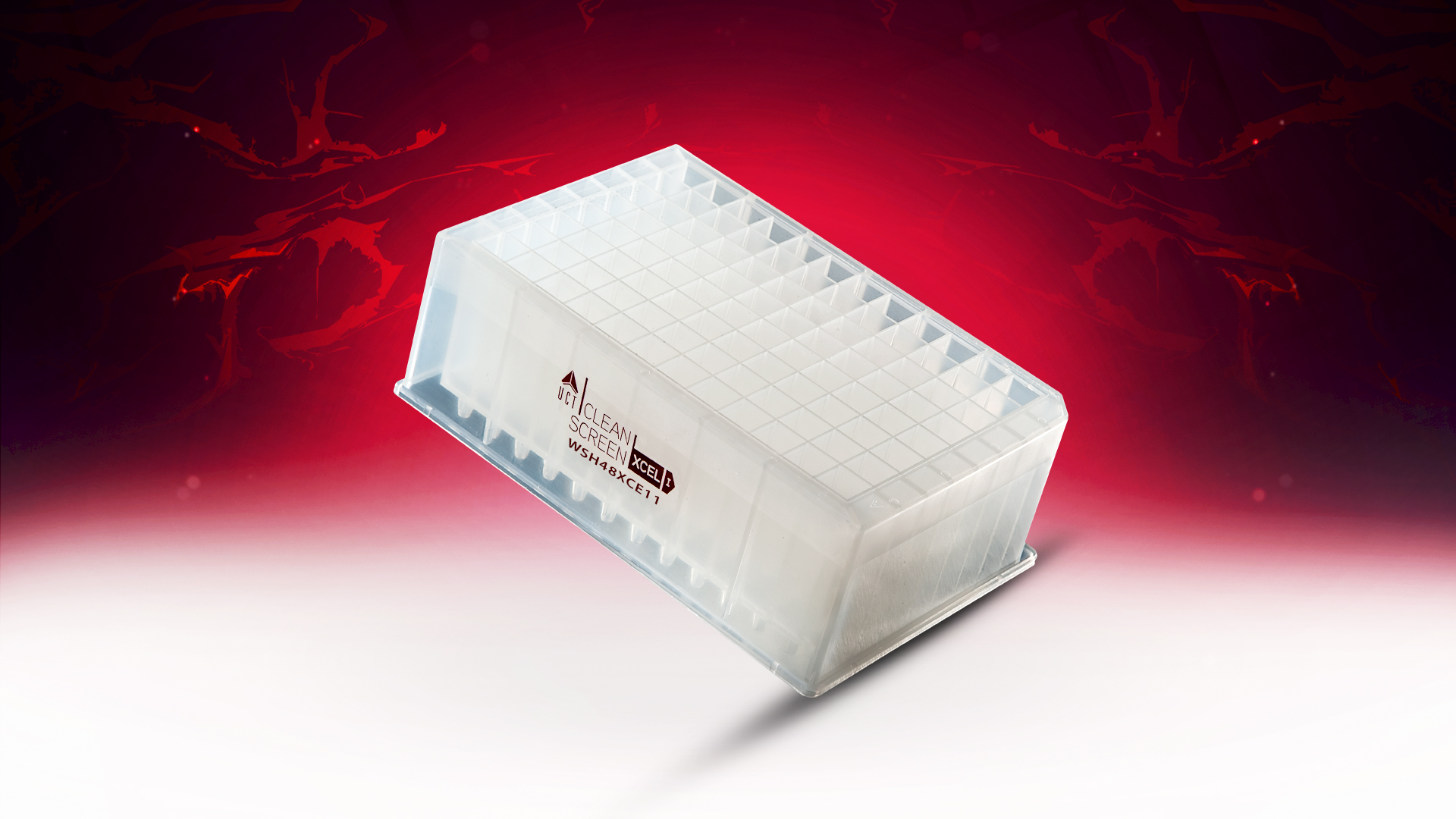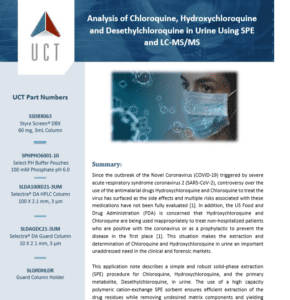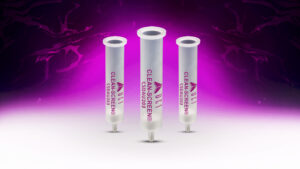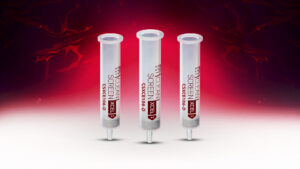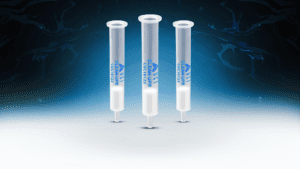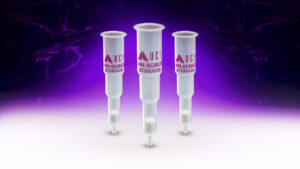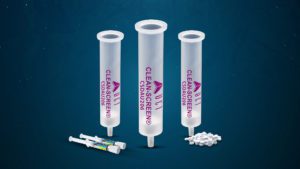UCT’s Clean Screen® Xcel 1 SPE 96 Well Plates Cited in Animal Study
The correlation of drugs in decomposed human remains and animals is very useful for forensic toxicologists working with complex matrices that go beyond post mortem samples. In a recent paper published in Journal of Analytical Toxicology, Lucas M. Morrison et al.,(doi: 10.1093/jat/bkx040) employed UCT’s famous Xcel I SPE sorbent to extract Dextromethorphan (DXM) and its primary metabolite (DXT) from the remains of rats. They analyzed DXM and DXT in skeletal remains of rats following acute (ACU, 75 mg/kg, IP, n = 10) or three repeated (REP, 25 mg/kg, IP, n = 10, 40-minute intervals) doses of DXM.
Following dosing and euthanasia, the animals were decomposed outdoors to their skeletal reamins in two different microclimate environments (n = 5 ACU and n = 5 REP at each site): Site A (shaded forest microenvironment) and Site B (rocky substrate exposed to direct sunlight, 600 m from Site A). Two drug-free rat specimens at each site served as negative controls. Skeletal elements (vertebrae, ribs, pelvic girdles, femora, tibiae, skulls and scapulae) were recovered, pulverized and underwent methanolic microwave assisted extraction (MAE). The DXM and DXT were extracted using Clean Screen® Xcel 1 96-well SPE plates. After elution, the samples were derivatized with UCT’s MSTFA containing 1% TCMS, and incubated at 70°C for one hour prior to being transferred into autosampler vials for GC–MS analyses. The DXM and DXT concentrations were evaluated and compared between drug exposures, microclimate sites, and across skeletal elements. DXM levels differed significantly (P < 0.05) between corresponding bone elements across exposure groups (5/7—site A; 4/7—site B), but no significant differences in DXT levels were observed between corresponding elements. No significant differences were observed in levels of DXM, DXT or RRDXT/RRDXM between corresponding elements from either group between sites. When data from all bone elements was pooled, concentrations of DXM differed significantly between exposure groups at each site, while those of DXT did not. For both exposure groups, comparison of pooled data between sites showed no significant differences in levels of DXM or DXT. Different decomposition microclimates did not impede the discrimination of DXM exposure patterns from the analyses of DXM, DXT in bone samples.
This study shows that when forensic toxicologist are seeking the finest of SPE sorbents in order to extract drugs from challenging matrices, they look to UCT as their first choice. For more information regarding Clean Screen® Xcel sorbents visit https://sampleprep.unitedchem.com/products/spe/quick-prep.

